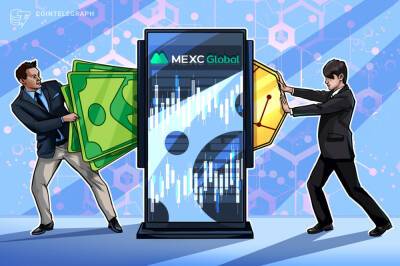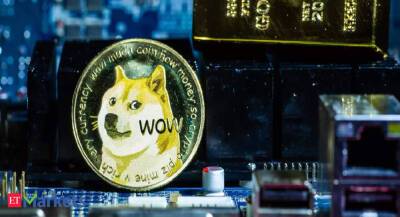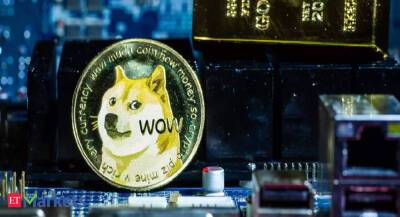Record music streaming profits highlight how NFTs will empower content creators
The music sector hit record revenues at $25.9 billion in 2021, which amounts to an 18.5% growth from 2020, according to IFPI’s “Global Music Report.” Of these nearly $26 billion, streaming drove the bulk of the growth, with a 24.3% increase relative to 2020. These patterns constitute great news for the emerging class of NFT musicians and highlight the demand for audio and video content.
Even if the way that streaming is done changes — moving from centralized platforms, like Spotify to decentralized NFT marketplaces — streaming is here to stay. The rise in streaming is part of a broader transformation in media and entertainment towards digital content — print media is quickly fading. Digital media began replacing print media years ago with profound effects on the sector. Economists find that the move toward national digital media is linked with the decline in local newspapers and partially explains the focus on national topics and heightened politicization.
But, we have the opportunity to do things differently in the emerging Web3 era. We now are starting to see the emergence of individual musicians minting their own NFTs and marketing them — and keeping the bulk of the revenues, rather than cedeing them to record labels or other intermediaries.
Related: Web3: Onboarding the next billion users — The road ahead
Many commentators have already pointed out that community-building is important for successful NFT projects. Absent a centralized platform that helps disseminate content at scale, NFT artists have to rely on their own networks and personal connections to get the word out. In many ways, that requires a different set of skills than the production of the music, namely many soft skills and some financial shrewdness — at
Read more on cointelegraph.com






















